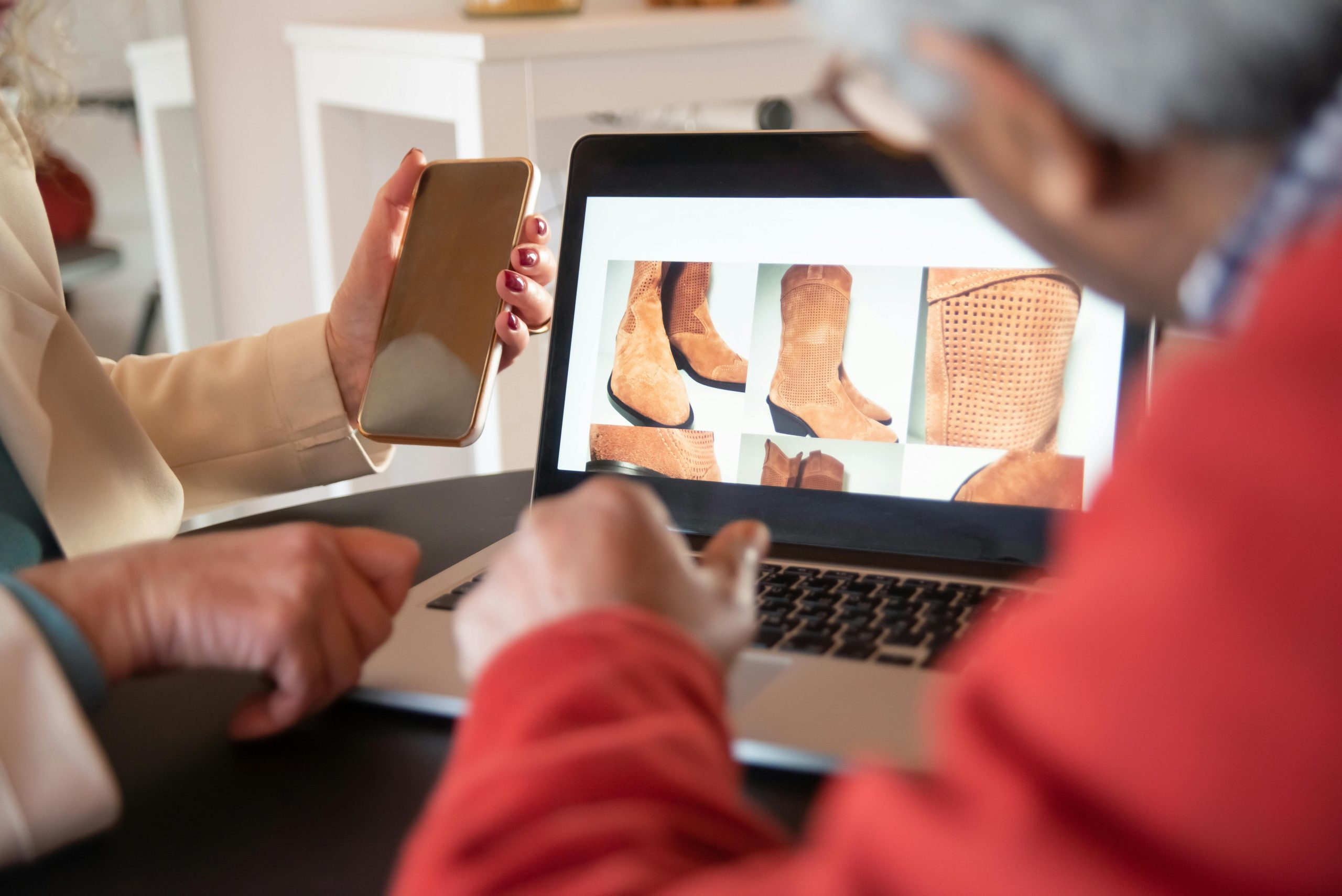In today’s fast-paced tech world, staying up-to-date with the latest gadgets can be expensive. For budget-conscious consumers, refurbished electronics offer an attractive alternative to brand-new devices. But are refurbished gadgets worth it? The answer isn’t always straightforward. While buying used tech can save you money, it also comes with potential risks. This article explores the pros and cons of purchasing refurbished gadgets to help you make an informed decision.
What Are Refurbished Gadgets?
Refurbished gadgets are pre-owned devices that have been restored to a like-new condition. These items may have been returned by customers due to minor defects, cosmetic imperfections, or simply because they were unwanted. Before resale, refurbished products undergo thorough testing, repairs, and cleaning to ensure they meet quality standards. They are often sold at a significant discount compared to their brand-new counterparts.
Types of Refurbished Products
- Manufacturer-Refurbished: These devices are restored by the original manufacturer and typically come with a warranty.
- Retailer-Refurbished: Restored by third-party sellers, these may vary in quality depending on the retailer.
- Open-Box Items: These are products that were returned unused or lightly used and resold after inspection.
- Used (Non-Refurbished): Sold as-is, these gadgets may not have undergone professional refurbishment.
The Pros of Buying Refurbished Gadgets
There are several compelling reasons to consider refurbished tech, especially if you’re looking to save money without sacrificing quality.
1. Significant Cost Savings
One of the biggest advantages of buying refurbished is the price. Refurbished gadgets can cost 20-50% less than new ones, making high-end devices more accessible. For example, a refurbished smartphone or laptop from a previous generation can offer excellent performance at a fraction of the retail price.
2. Environmentally Friendly Choice
Purchasing refurbished tech helps reduce electronic waste. By giving a second life to used devices, you contribute to sustainability and lower the demand for new manufacturing, which has a significant environmental footprint.
3. Reliable Quality (When Purchased from Reputable Sources)
Refurbished gadgets from trusted sellers or manufacturers often undergo rigorous testing and repairs. Many come with warranties, providing peace of mind that the device will function as expected. Some refurbished products may even include new batteries or accessories.
The Cons of Buying Refurbished Gadgets
While there are clear benefits, refurbished tech isn’t without its drawbacks. Here are some potential downsides to consider.
1. Limited Availability and Selection
Refurbished products are often available in limited quantities, and you may not find the exact model or configuration you want. Popular items sell out quickly, so patience and flexibility are key.
2. Shorter Lifespan
Since refurbished gadgets have been used before, they may not last as long as brand-new devices. Batteries, in particular, degrade over time, so a refurbished phone or laptop might not hold a charge as well as a new one.
3. Potential for Hidden Issues
Not all refurbished products are equal. Some may have underlying problems that weren’t fully addressed during the refurbishment process. Buying from an unreliable seller increases the risk of receiving a faulty device.
How to Buy Refurbished Gadgets Safely
To minimize risks and maximize value, follow these tips when shopping for refurbished tech.
1. Buy from Reputable Sellers
Stick to well-known retailers, certified refurbishers, or the manufacturer’s official refurbished store. Avoid shady third-party sellers with no reviews or return policies.
2. Check the Warranty and Return Policy
A good refurbished product should come with at least a 90-day warranty. A generous return policy (30 days or more) is also a positive sign.
3. Read Reviews and Research the Model
Look for customer feedback on both the seller and the specific refurbished product. Some models have known issues, so research before committing.
4. Inspect the Device Thoroughly Upon Arrival
Test all functions, check for cosmetic damage, and verify battery health if applicable. Report any issues immediately to take advantage of warranties or returns.
Conclusion
Refurbished gadgets can be a smart purchase if you know what to look for. The cost savings and environmental benefits make them an appealing option, but it’s crucial to buy from trusted sources and understand the potential trade-offs. By weighing the pros and cons and following best practices, you can enjoy high-quality tech without breaking the bank. Whether you’re shopping for a smartphone, laptop, or tablet, refurbished devices offer a budget-friendly way to stay connected in today’s digital world.
